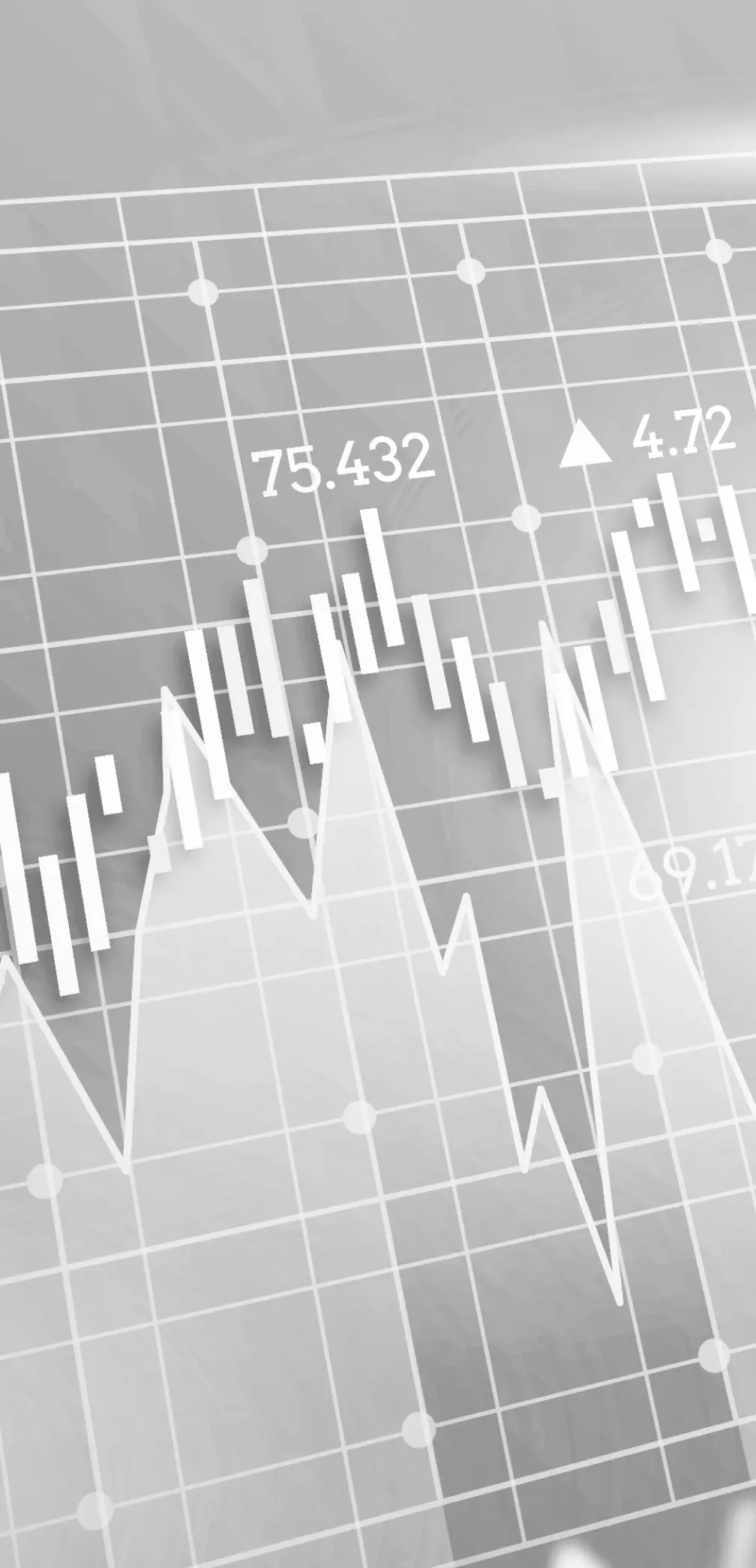What is the Secondary Market?
⭠ Back
Introduction
There is one factor that lies at the heart of all businesses – money. Whether the company is a generational industry leader or a small startup just taking its first steps, money is the lifeblood of them all. From the humble beginnings of a startup to the grandeur of publicly traded stocks and tokens, companies rely on investments to fuel their growth. Though the stages of investment may vary, they are all equally important. In this article, we’ll dive into the intricacies of primary and secondary markets to grasp their significance in the investment landscape.
Transition from Private to Public
As companies develop, they often seek avenues to expand their capital base and reach new markets. Transitioning from private ownership to becoming publicly traded entities through avenues like Initial Public Offerings (IPOs) or Special Purpose Acquisition Companies (SPACs) can be a pivotal step in their evolution. In the cryptosphere, we see similar transitions with Initial Coin Offerings (ICOs), Initial Exchange Offerings (IEOs), and Initial DEX Offerings (IDOs). Once publicly traded, companies face increased scrutiny, regulatory obligations, and shareholder expectations. However, they also gain access to a broader investor base and, potentially, greater liquidity in their shares, marking a significant shift in their status. This transition categorizes them into either private or public companies, each with its own unique set of challenges and opportunities to navigate.
Investor Participation in Growth
Investors are crucial to helping companies grow. They don’t just bring extra money to the table, but they can also bring invaluable expertise, connections and networking, and mentorship. The relationship between investors and companies is symbiotic in that investors help develop and grow a company to the point where it becomes successful, and hopefully a leader in their chosen industry. The company’s success will not only bring increased profits to the company but also increased rewards for the investor too. For example, if you invest early on in a low-value crypto start-up and then sell those tokens at a much higher price during an ICO, you can receive significant returns on your original investment.
Understanding the Primary Market
Understanding the primary market is essential for investors seeking direct engagement with companies. In this market, investments are made directly into a company, whether it’s purchasing shares of a publicly traded entity on traditional exchanges or buying tokens from a cryptocurrency exchange. For example, it’s like buying your car directly from a factory instead of purchasing it from a car dealership. This direct involvement allows investors to participate in a company’s growth from its early stages. Furthermore, engaging in the primary market offers opportunities for proactive decision-making and the potential for significant returns as companies evolve and expand their operations.
Example of the Primary Public Market
In the primary public market, people have the opportunity to buy and sell shares of companies that are listed on stock exchanges or tokens listed on cryptocurrency exchanges. These investments are popular because they are easy to trade and readily available to anyone interested. This means that individuals can directly engage with these markets, making transactions swiftly and efficiently. The convenience and ease of access appeal to a wide range of investors, making primary public markets a common choice for those looking to invest in stocks or cryptocurrencies.
Example of the Primary Private Market
In the primary private market, individuals like venture funds or angel investors have the opportunity to invest directly in companies before they become publicly traded. This occurs during various investment rounds known as (pre)Seed, Round A, B, C, D, and so on. Unlike public markets where anyone can buy shares at any time, private market investment is limited to specific fundraising periods initiated by the company.
Moreover, companies in the private market are selective about who they accept funds from. They often seek “smart money” – investment not only in terms of capital but also in the form of expertise and networks that investors bring to the table. This strategic selection ensures that companies receive support beyond just financial backing, potentially aiding their growth and success.
Additionally, unlike publicly traded stocks or tokens that can be freely bought and sold on exchanges, selling investments in the private market isn’t as straightforward. Investors typically have to wait for certain conditions or agreements to sell their stakes, which may involve restrictions to ensure stability and long-term commitment to the company. In the cryptosphere, some projects will lock tokens for a particular period of time, called a vesting schedule, which usually runs for 2-4 years, but can last even longer. This means that investors need to wait for a predetermined amount of time before allowing the investor to fully access their tokens or trade them. Many projects lock tokens so that they can be sure that those investing in the project align with their incentives and are willing to commit to them, and not just looking to make a quick buck by selling them the second the project’s value starts to increase.
Introducing the Secondary Market
The secondary market serves a crucial role by providing liquidity to investors and founders of private companies, allowing them to access the value of their earlier investments. Consider this scenario: You’re an early employee of a startup and hold equity worth millions of dollars, but you need cash for immediate expenses like housing. Secondary market platforms offer a solution by facilitating the conversion of some of your equity or locked tokens into cash. This enables you to realize the value of your investment without waiting for an exit event like an ICO or acquisition, making it easier to address your financial needs in the present. SecondLane, the leading secondary market for Web3 companies, provides a platform for people to unlock liquidity for unvested tokens, equity, SAFTS, and other digital assets.
Benefits of the Secondary Market
For Buyers: With founders being so selective with direct investors on the cap table, secondary markets offer less prominent investors an alternative route to participate in such investments by purchasing someone else’s existing stake. Secondary markets also often lead to quicker liquidity. For Web3 companies, it usually takes around 4-7 years from (pre)seed to liquidity, while for companies in more traditional sectors, it can take over 10 years. Investing in a project on the secondary market can save you years of waiting. A third major benefit of secondary markets for buyers is that secondary investments tend to carry lower default risks. Similar to late-stage funds, despite potentially receiving a lower ROI due to higher company valuations, the risk of failure for companies at later stages is much lower than your typical startup. This makes investing in secondary markets very appealing for investors looking for a balance between risk and reward.
For Sellers: Selling a part of your illiquid portfolio on the secondary market before the project goes public with an ICO or IPO can help to de-risk your portfolio. Platforms like SecondLane offer a valuable opportunity to unlock the worth of people’s investments without relying on the company’s public debut as well as also avoiding the possibility of the listed token plummeting due to negative market sentiments. Investors and early employees holding equity in private companies benefit from the secondary market as it provides a means to unlock the value of their investments without having to wait for the company to go public. This flexibility allows them to access funds when needed or capitalize on other investment opportunities.
This flexibility empowers them to access funds promptly for various needs or seize new investment prospects as they arise. It’s like opening a door to financial freedom, enabling them to make strategic moves without being bound by the company’s timeline. Whether they’re looking to reinvest in promising ventures or simply need liquidity, the secondary market serves as a dynamic platform for them to optimize their financial positions. It’s akin to having a key to a treasure chest, unlocking potential opportunities and empowering sellers to take charge of their financial destinies with confidence and agility.
• Creating liquidity for further investment opportunities or limited partners – when you see an interesting investment opportunity liquidity is essential. Also, when some your limited partners are willing to make a withdrawal from your fund, selling a portion of illiquid portfolio on the secondary market does the job
• Mark portfolio to market – when you invested in an early round (eg (pre)seed) and there were subsequent rounds at higher valuation, sometimes investors sell a portion of their allocation on the secondary market to (a) get the invested principle back with some profits and (b) mark asset at the price of sale
For Team Members and Founders: Access to the secondary market is crucial for individuals seeking liquidity to address personal financial obligations or to reinvest in new ventures. This accessibility fosters financial stability and growth, enabling team members and founders to navigate various life circumstances while continuing to pursue entrepreneurial endeavors.
Conclusion
In conclusion, money serves as the lifeblood of all businesses, from startups to industry leaders. Transitioning from private to public ownership marks a significant evolution, offering both opportunities and challenges. Investors play a pivotal role, providing not only capital but also expertise and connections. Understanding primary and secondary markets is essential for investors, offering direct engagement and liquidity opportunities. The secondary market, in particular, provides liquidity for investors and founders, enabling them to access the value of their investments promptly. Overall, these markets foster growth, stability, and financial flexibility for all stakeholders.
⭠ Back




